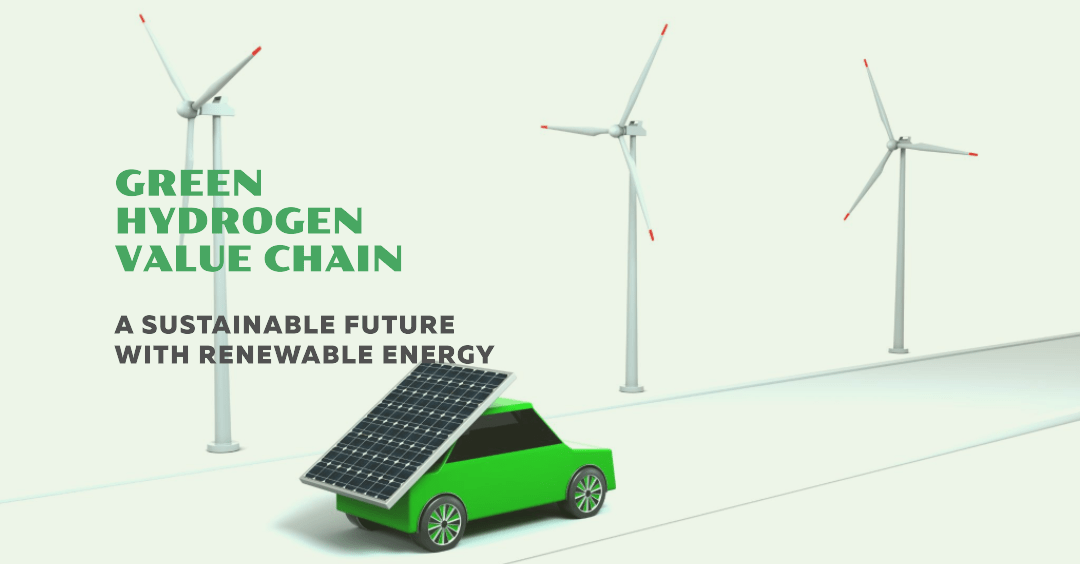Hydrogen, the basic chemical element that fuels the sun, has the potential to generate energy with hardly any carbon emissions. But unlike solar power or wind, hydrogen first needs to be extracted. That can be done in a number of ways, some of which are cleaner than others. Green Hydrogen is likely the future in niche segments, such as heavy transport, mining equipment and generators to name but a few.
Depending on who is asked, green hydrogen is either a crucial piece in the puzzle to reduce greenhouse gas emissions or an over-priced, over-hyped distraction. For now, even card-carrying hydrogen evangelists are having to take a few steps back, the realisation has to be that hydrogen’s uptake will be demand led, not supply led.
Industry experts, proof of concept projects and policy development should be engaged and funded by governments to enable customers to take on board learnings that can help their long term asset and fleet acquisition decision making processes. Likely this will save long term funding levels as these proof of concepts, without industry influence can determine the true viability of green hydrogen as an alternate, clean fuel option.
Affairs of State have been working with our client Hydrogen Fuels Australia for some months now. During our engagement we have developed a clearly articulated Value Chain for Green Hydrogen Production. In addition we have constructed a financial model with a 10 year horizon to understand and assess the viability of project establishment and hydrogen production on an ongoing basis.
With this framework we have the capabilities and expertise to support clients, government and asset operators with the establishment of Hydrogen Hubs and with the provision of information, skill and experience to assess hydrogen fuelled equipment against fossil fuels and electrification. Consultancy would include total cost of ownership, assessment of different refuelling strategies, cost, maintenance and asset utilisation long term. Consulting work would also look at customer demand, for example to benefit Scope 3 supply chain activity in the utilisation of hydrogen fuel vehicles to transport cargo.
Green hydrogen benefits evaluation includes factoring output such as oxygen, which can generate revenue from the green hydrogen process across a range of activities. The value chain of green hydrogen consists of four main steps:

- Green electricity production: Renewable energy sources generate electricity that is used to power the electrolysis process.
- H2 production: Electrolysis splits water into hydrogen and oxygen using an electric current. The hydrogen is then purified and compressed for storage or transport.
- H2 distribution and storage: Hydrogen can be distributed by pipelines, trucks, ships, or rail to different locations. It can also be stored in tanks, underground caverns, or other methods.
- H2 applications: Hydrogen can be used as a fuel for vehicles, such as cars, buses, or trucks. It can also be used to produce green chemicals, such as ammonia or methanol, or to reduce emissions from industrial processes, such as steelmaking or refining.
The development of the green hydrogen value chain requires investments, policies, regulatory frameworks and collaboration among different players across asset life cycles. Green hydrogen offers opportunities for economic growth, innovation, and decarbonisation.
It is unclear yet on whether green hydrogen will provide returns on invested capital margins. Customer demand will only come from knowledge and confidence to invest. Government can start this process, industry will follow.
